Archives
- 2025-11
- 2025-10
- 2023-07
- 2023-06
- 2023-05
- 2023-04
- 2023-03
- 2023-02
- 2023-01
- 2022-12
- 2022-11
- 2022-10
- 2022-09
- 2022-08
- 2022-07
- 2022-06
- 2022-05
- 2022-04
- 2022-03
- 2022-02
- 2022-01
- 2021-12
- 2021-11
- 2021-10
- 2021-09
- 2021-08
- 2021-07
- 2021-06
- 2021-05
- 2021-04
- 2021-03
- 2021-02
- 2021-01
- 2020-12
- 2020-11
- 2020-10
- 2020-09
- 2020-08
- 2020-07
- 2020-06
- 2020-05
- 2020-04
- 2020-03
- 2020-02
- 2020-01
- 2019-12
- 2019-11
- 2019-10
- 2019-09
- 2019-08
- 2019-07
- 2019-06
- 2019-05
- 2019-04
- 2018-07
-
Under most circumstances NO is a potent
2022-03-26
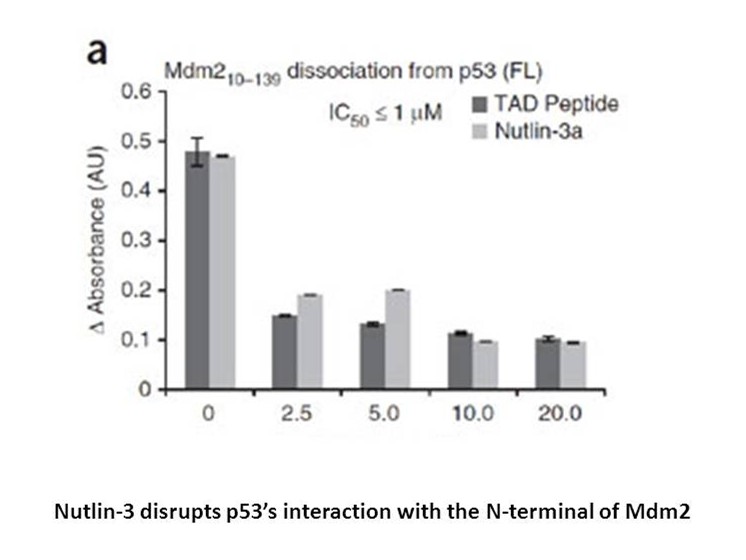
Under most circumstances, NO is a potent endogenous vasodilator. Therefore, its involvement in an endothelium-dependent contraction seems paradoxical, to say the least. Soluble guanylyl cyclase (sGC) is the major downstream target of NO; its inhibition results in the lack of vasoconstrictor response
-
br Membrane Fusion Requires Rab GTPases
2022-03-26

Membrane Fusion Requires Rab-GTPases, Tethers, and SNAREs Regulation and Function of Rab5 Following endocytosis in metazoan cells, the Rab5-specific GEF Rabex5 binds to ubiquitinated cargo proteins, such as cell surface receptors or metabolite transporters, and subsequently activates Rab5 on e
-
Recently an increasing number of studies have highlighted th
2022-03-25
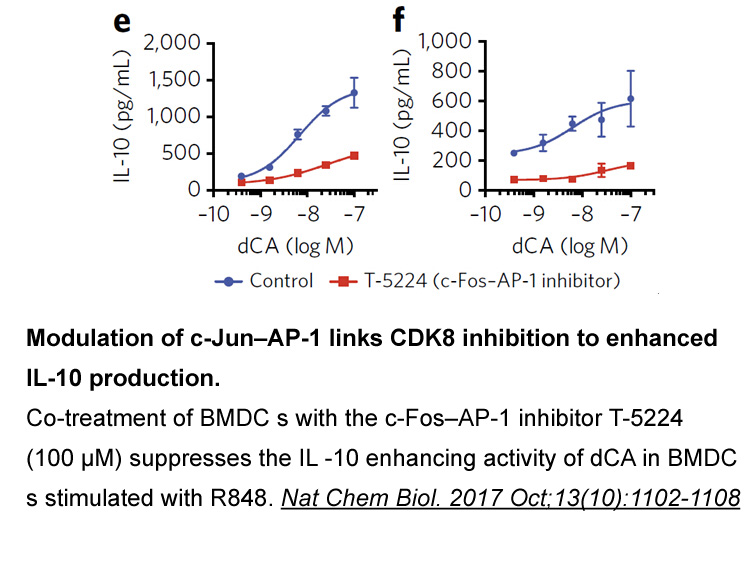
Recently, an increasing number of studies have highlighted the crucial role of nociceptive factors produced by microglia under neuropathic pain conditions (Mika et al., 2013; Popiolek-Barczyk and Mika, 2016). iNOS is an important pronociceptive factor that is strictly expressed by microglia/macropha
-
ATP as a transmitter can be
2022-03-25
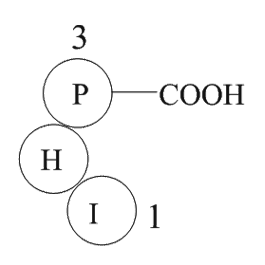
ATP as a transmitter can be released from injured beta adrenergic receptors and sensory nerve endings (Sperlágh et al., 1995, Sperlágh et al., 1997, Sperlágh et al., 1998, Burnstock, 2013, Burnstock, 2014). ATP can activate the P2X3 receptor in the DRG neurons (Gao et al., 2011a; Xu et al., 2012). I
-
br Conclusion br Experimental procedures br Introduction The
2022-03-25

Conclusion Experimental procedures Introduction The glycine receptor (GlyR) is a member of the Cys-loop family of ligand-gated ion channels. It is the primary inhibitory receptor in the brainstem and spinal cord but also plays important roles in higher salubrinal regions, including the hip
-
br Acknowledgments br Free fatty
2022-03-25
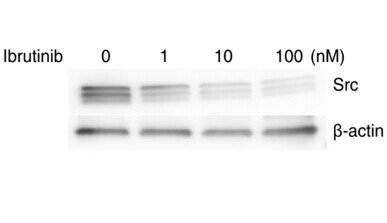
Acknowledgments Free fatty acids (FFAs) are not only essential nutritional components, but they also function as signaling molecules. Recently, a G protein-coupled receptor (GPCR) de-orphanizing strategy successfully identified multiple receptors for FFAs, which function on the cell surface and
-
br Acknowledgements This work was financed
2022-03-25
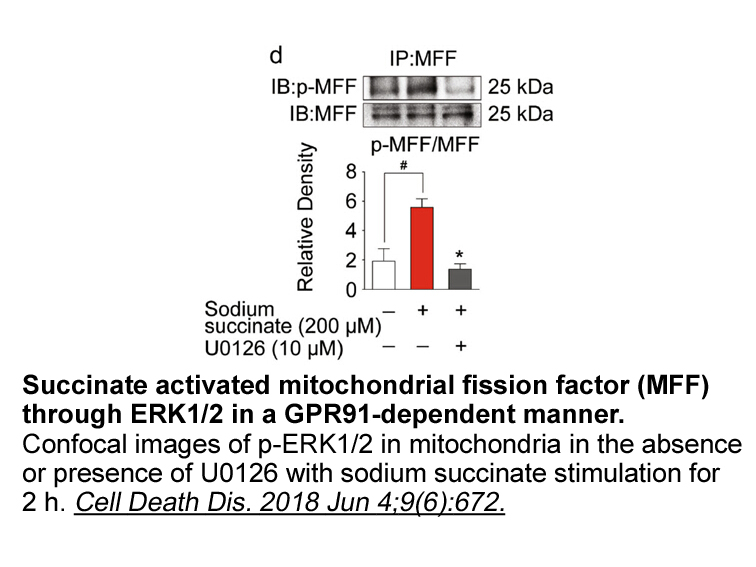
Acknowledgements This work was financed by the projects “Mejora Genética del Almendro” (MINECO-Spain, AGL2017-85042-R), “The molecular mechanisms to break flower bud dormancy in fruit trees” to RS-P within the Villum Young Investigator Program and by the VILLUM Research Center for Plant Plasticit
-
br Summary br Acknowledgement br GR A Nuclear Receptor
2022-03-25
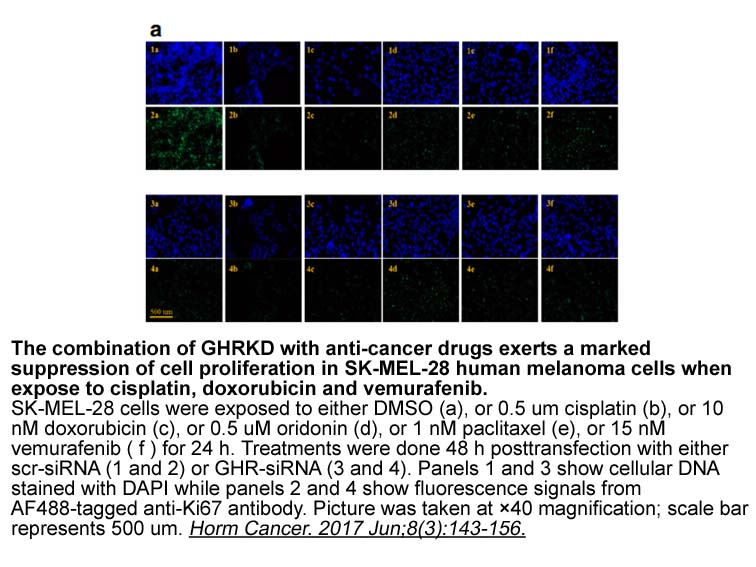
Summary Acknowledgement GR: A Nuclear Receptor with Widespread Physiological Impact GR, or NR3C1 (see Glossary), is a transcription factor (TF) that regulates gene expression in nearly every cell of the body. A member of the nuclear receptor (NR) superfamily, its ligand-binding domain confe
-
Consistent with recent independent studies
2022-03-25
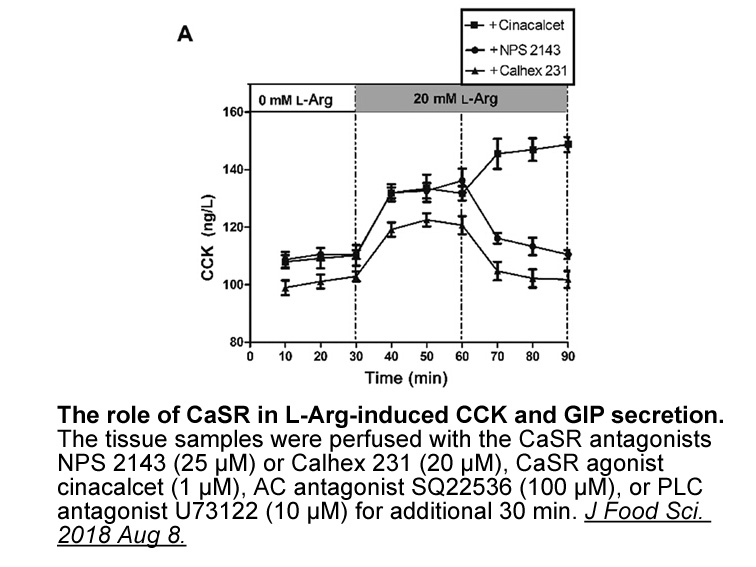
Consistent with recent independent studies, we confirm that the GCG-induced increase in oxygen consumption is only partially blunted in Fgf21−/− mice [32], implicating additional GCGR-dependent mechanisms contributing to the acute GCG-dependent enhancement of energy expenditure. Notably, glucagon ad
-
Introduction Glucose dependent insulinotropic polypeptide GI
2022-03-25
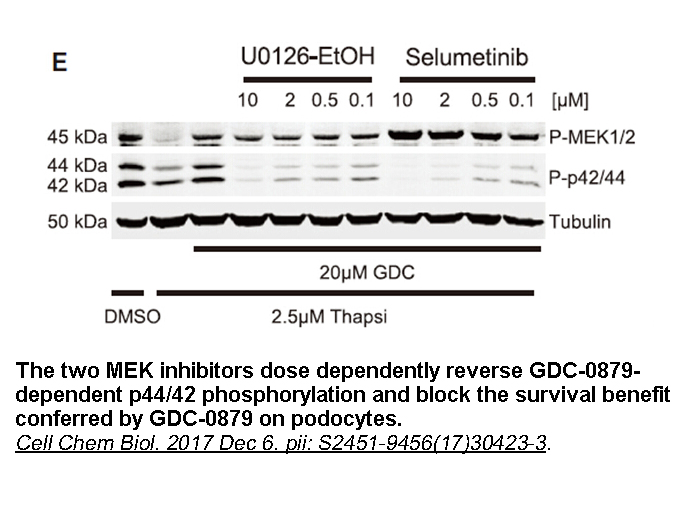
Introduction Glucose-dependent insulinotropic polypeptide (GIP) is a hormone secreted postprandially from enteroendocrine K cells in response to ingestion of either fat [1], protein [2], or carbohydrates [3]. GIP is primarily known for its glucose-dependent insulinotropic actions mediated via the G
-
The caseins are a family of milk phosphoproteins whose biolo
2022-03-25

The caseins are a family of milk phosphoproteins whose biological function is to provide supersaturating concentrations of calcium, phosphates, and essential Trelagliptin to the neonate (Vonderhaar and Ziska, 1989). α- and β-caseins, the most abundant of the milk caseins, are described as calcium s
-
br Conflict of interest br Introduction Since its discovery
2022-03-25
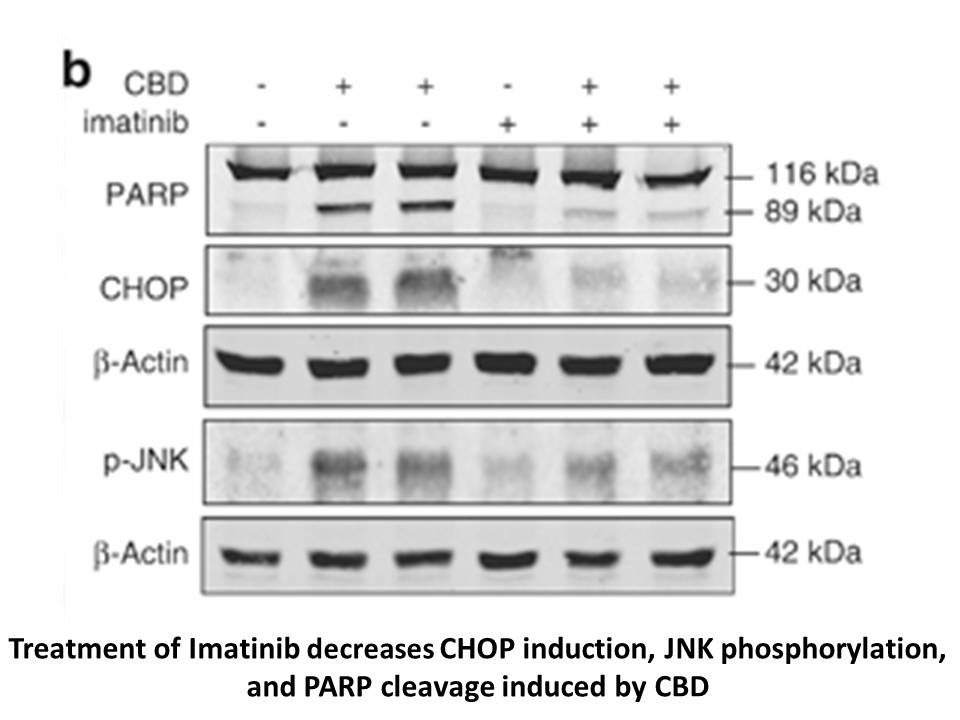
Conflict of interest Introduction Since its discovery in 1958 [1]the Ca2+-dependent K+ efflux in human red blood Mouse iPSC Chemical Reprogramming Cocktails Kit (RBC) (further referred to as the Gárdos effect) has been extensively studied (see 2, 3for review) and has been helpful in understand
-
br Signals transmitted via MEGJ MEGJ
2022-03-25
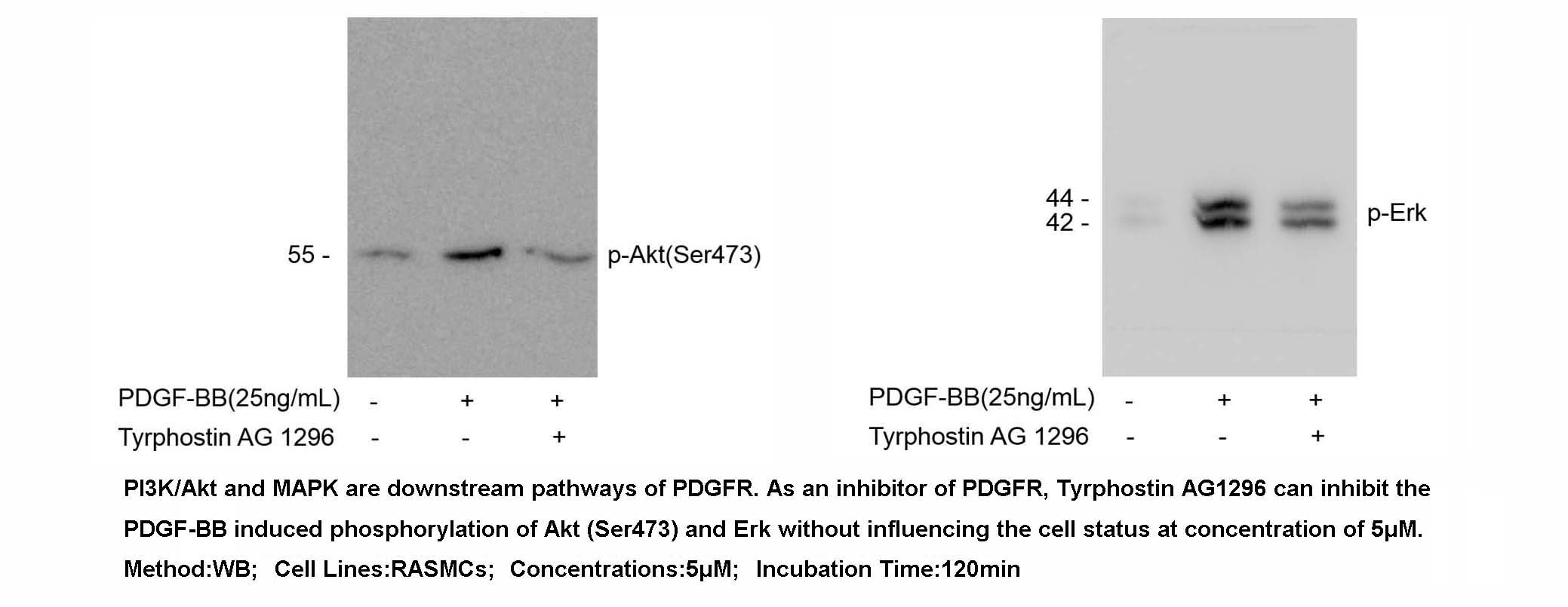
Signals transmitted via MEGJ MEGJ facilitate the direct transfer of ion currents or small molecules between EC and VSMC. Molecules passing through MEGJ are mainly second messengers such as Ca2+, IP3, and cAMP [31,32,] or endothelium-derived hyperpolarization (EDH) signals [34, 35, 36]. Moreover,
-
Analysis of the i motif structures during
2022-03-25
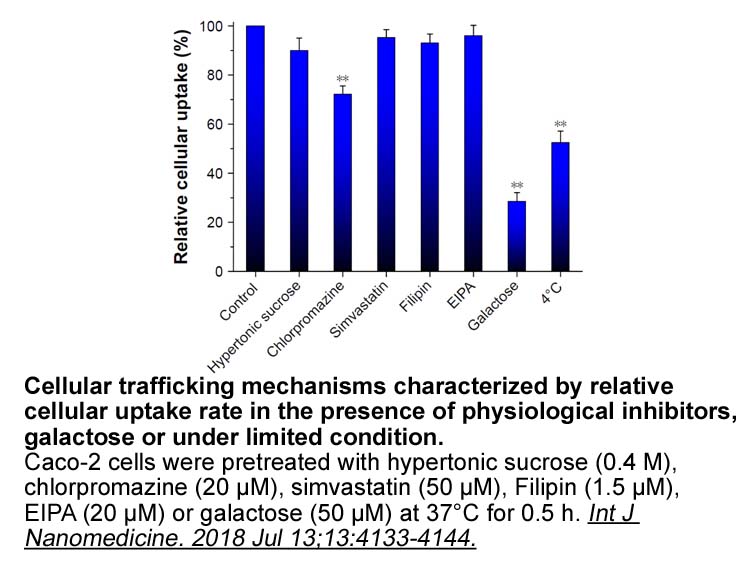
Analysis of the i-motif structures during biased unfolding of G-quadruplexes leads to the conclusion that at acidic pH the i-motif is absolutely unaffected by that process. The hydrogen bonds within the i-motif are intact (Fig. 3D) and they only fluctuate around mean values. On the other hand, the i
-
Bile acids BAs are detergent like amphipathic molecules
2022-03-25

Bile acids (BAs) are detergent-like amphipathic molecules synthesized from cholesterol in the liver, stored in the gallbladder, and released into the intestine after food intake in order to facilitate the NSC 319726 of dietary lipids and liposoluble vitamins. BAs travel along the intestine and once
11001 records 164/734 page Previous Next First page 上5页 161162163164165 下5页 Last page